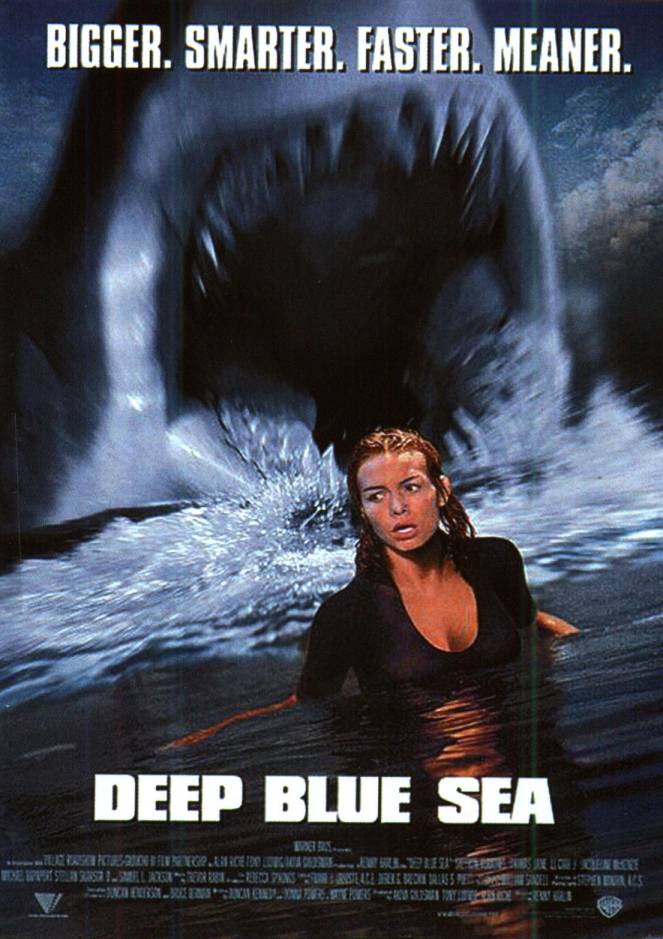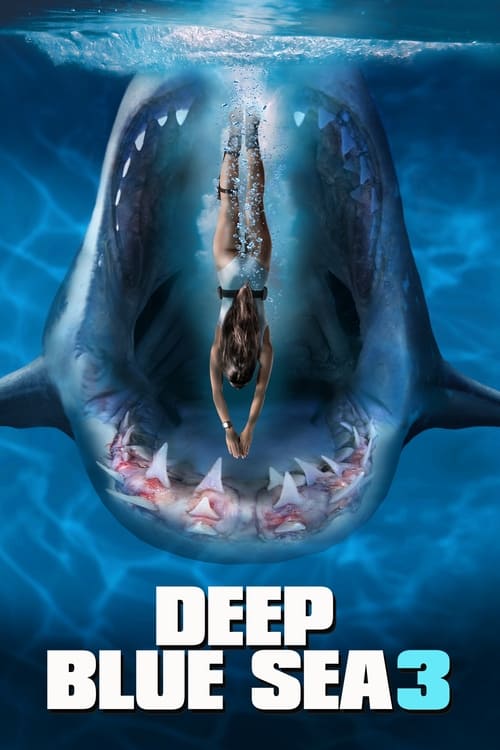

Ask students to create ocean travel routes, demonstrating how a boat could travel to every continent without ever crossing any land. Encourage students to use other colors to fill in the various landmasses. To reinforce the idea that the oceans are connected to each other, challenge students to color in all of the watery parts of the map without lifting their blue crayons from the page. Give each student a printout of the world map that you have just studied together.While students might suggest that land divides the oceans, guide them to realize that the oceans of the world are really one big ocean with pieces of land dividing it into different parts. Ask students to look at the map and describe how the oceans are separated from one another. You can also emphasize that, while we think of these bodies of water as separate oceans, they are all connected and make up one global ocean. Point out that others say there is a fifth ocean, the Southern or Antarctic, which lies south of the Atlantic, Pacific, and Indian Oceans, linking them together. Explain that most people agree that there are four major oceans: the Pacific Ocean, the Atlantic Ocean, the Arctic Ocean, and the Indian Ocean. Next, ask students if they know the names of any oceans.Draw a question mark in the center of the chalkboard and write their response around it: Ask students how many oceans there are in the world.Then, they can display it on a bulletin board outside the classroom for other students to see.Īctivity 2. Teachers who do this as a whole-class activity can invite students to copy the poem onto a large poster board and have them decorate the poster. Have each student copy his or her poem onto a piece of sturdy paper so that it can be displayed in the classroom, and have each student recite his or her poem to the rest of the class. Younger students who are writing their own poems may use inventive spelling or dictate their poem to the teacher or a classroom aide. Older students may wish to follow the true haiku form by counting syllables rather than words: five syllables in the first line, seven syllables in the second line, and five syllables in the third line. The first line of the poem should include two words or phrases about the ocean or animal, the second line should include three words or phrases, and the third line should include two words or phrases.As you go through each line, encourage students to participate by adding words from the sensory list you created earlier.

#Deep blue sea how to#
Kindergarten and 1st-grade teachers can do this activity as a whole class project, modeling for the children how to create a haiku. (See the EDSITEment lesson Play with Words: Rhyme & Verse for further information about haiku and other types of poetry.) You might want to do this activity in conjunction with the "Speaking of the Sea" activity described below.

Point out to students that some of the words on their list describe life in the ocean, where the main character(s) of the story live, and some of them describe life near the ocean, where people can live or visit.(See the Resources tab for other suggested titles.) When the story is over, ask the students to think of new words or concepts from the book that describe the setting where the story took place or where the main character lived. The Magic School Bus on the Ocean Floor by Joanna Cole or A Swim Through the Sea by Kristin Joy Pratt are good options. Next, read aloud a story with an ocean setting.Ask students why they chose a particular category. Ask for students' help in deciding which category is appropriate for each experience, and whether an experience belongs to more than one category. As students recall what they know about the ocean, write down their descriptive words and phrases next to the sensory headings.


 0 kommentar(er)
0 kommentar(er)
